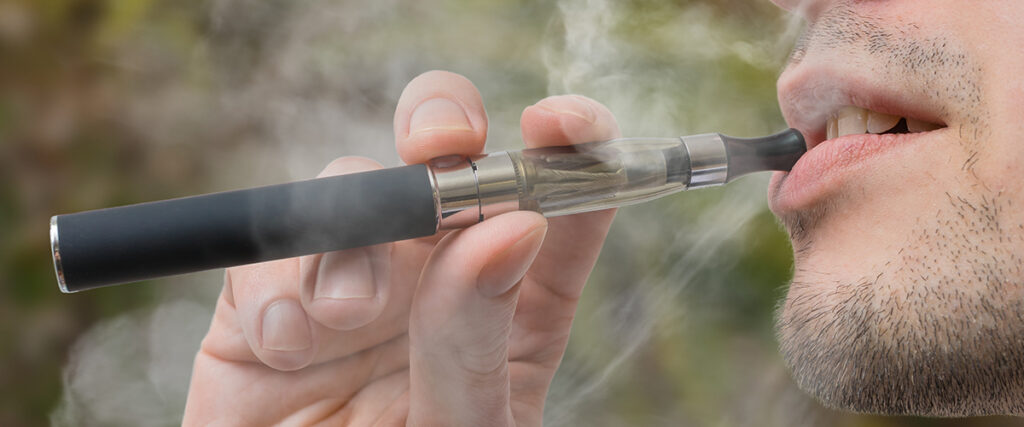Smokeless tobacco has increasingly gained attention as a cleaner alternative to traditional smoking, revolutionizing the tobacco industry by providing consumers with a potentially less harmful option. Unlike conventional cigarettes, which release harmful tar and chemicals into the lungs and the environment, smokeless tobacco products such as snuff, chewing tobacco, and modern alternatives like nicotine pouches offer a different experience that appeals to those looking to reduce the health risks associated with smoking. The rise of these products can be attributed to a growing awareness of the dangers of smoking and an increasing demand for less invasive methods of nicotine consumption. One of the key advantages of smokeless tobacco is its ability to deliver nicotine without combustion. This means that users can enjoy nicotine without the inhalation of smoke, which is known to contain thousands of harmful chemicals. Research indicates that smokeless tobacco products generally contain fewer harmful substances than cigarettes. While they are not without risks, particularly concerning oral health, they present a compelling option for smokers who are unable or unwilling to quit entirely. For many, the switch to smokeless tobacco is a step towards harm reduction, allowing them to satisfy their cravings while minimizing the health risks associated with smoking.
Haypee innovation in the smokeless tobacco market is further enhanced by the introduction of new products designed with consumer health in mind. For instance, nicotine pouches have emerged as a popular choice, offering a tobacco-free option that provides a discreet way to consume nicotine without the need for spitting or any oral tobacco. These products are often flavored and available in various strengths, appealing to a wide range of users, from long-time smokers to those seeking to quit. Additionally, advancements in packaging and branding have helped destigmatize smokeless tobacco, making it more accessible to a broader audience. However, the rise of smokeless tobacco is not without controversy. Public health experts continue to debate the potential risks associated with these products, particularly concerning the likelihood of young people becoming addicted to nicotine.
The marketing strategies employed by smokeless tobacco companies often target younger demographics, raising concerns about the long-term implications of nicotine addiction. As the industry evolves, it faces the challenge of balancing consumer demand for reduced harm with the responsibility to ensure that products are marketed responsibly and do not encourage new users. In conclusion, smokeless tobacco stands at the forefront of a transformative movement within the tobacco industry, offering a cleaner alternative for nicotine consumption. While it presents certain advantages over traditional smoking, it also brings forth important public health considerations that must be addressed. As more individuals explore these products, the focus should remain on education and harm reduction, ensuring that consumers are informed about the risks and benefits of smokeless tobacco. The industry’s future will depend on its ability to navigate these challenges while promoting safer options for nicotine users around the world.

 The quality of
The quality of 



